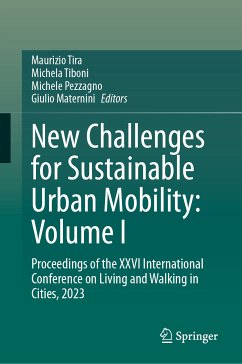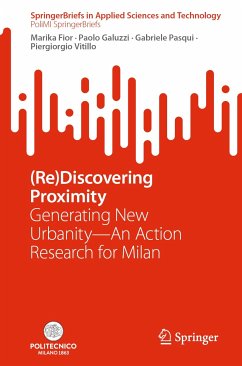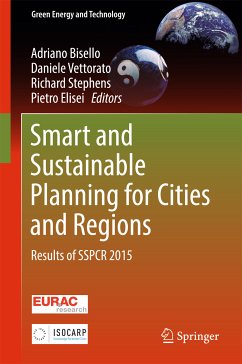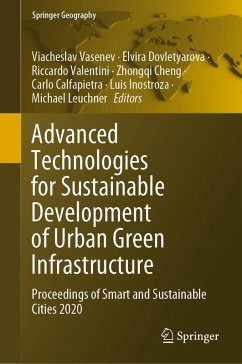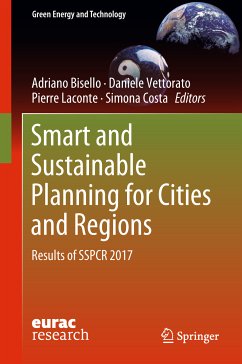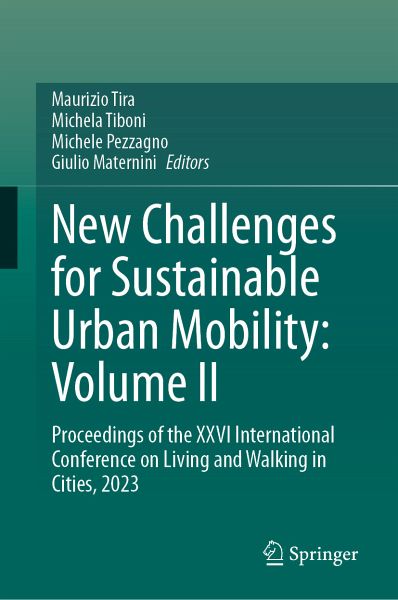
New Challenges for Sustainable Urban Mobility: Volume II (eBook, PDF)
Proceedings of the XXVI International Conference on Living and Walking in Cities, 2023
Redaktion: Tira, Maurizio; Maternini, Giulio; Pezzagno, Michele; Tiboni, Michela
Versandkostenfrei!
Sofort per Download lieferbar
160,95 €
inkl. MwSt.
Weitere Ausgaben:

PAYBACK Punkte
80 °P sammeln!
This volume is the second of a two-volume set of the Proceedings of the XXVI International Conference on Living and Walking in Cities, held September 6-8 2023 at the University of Brescia, Italy. The LWC International Conference was first organized in 1994 at the Department of Civil and Environmental Engineering of the University of Brescia (IT). This year the LWC Conference has arrived at its XXVI edition. The Conference traditionally deals with the topics of urban mobility and quality of life in urban areas, with a specific focus on vulnerable road users. The LWC Conference allows researcher...
This volume is the second of a two-volume set of the Proceedings of the XXVI International Conference on Living and Walking in Cities, held September 6-8 2023 at the University of Brescia, Italy. The LWC International Conference was first organized in 1994 at the Department of Civil and Environmental Engineering of the University of Brescia (IT). This year the LWC Conference has arrived at its XXVI edition. The Conference traditionally deals with the topics of urban mobility and quality of life in urban areas, with a specific focus on vulnerable road users. The LWC Conference allows researchers, experts, administrators, and practitioners to gather and discuss policy issues, best practices, and research findings from different perspectives. The main theme of the 2023 conference was "new challenges for sustainable urban mobility", and the papers herein address the issue from a multidisciplinary perspective and cover a wide variety of related topics. These books are divided into four topical sections:
o Transport Systems and Pedestrian Mobility
o Urban Regeneration through Active Mobility
o Public Transport: New Technologies and Economic Sustainability
o Safe Mobility in Cities
o Transport Systems and Pedestrian Mobility
o Urban Regeneration through Active Mobility
o Public Transport: New Technologies and Economic Sustainability
o Safe Mobility in Cities
Dieser Download kann aus rechtlichen Gründen nur mit Rechnungsadresse in A, B, BG, CY, CZ, D, DK, EW, E, FIN, F, GR, HR, H, IRL, I, LT, L, LR, M, NL, PL, P, R, S, SLO, SK ausgeliefert werden.



